
The organizing committee and student assistants waiting for the first guests to arrive on Wednesday evening.

Name tags and information packages ready for the conference guests.
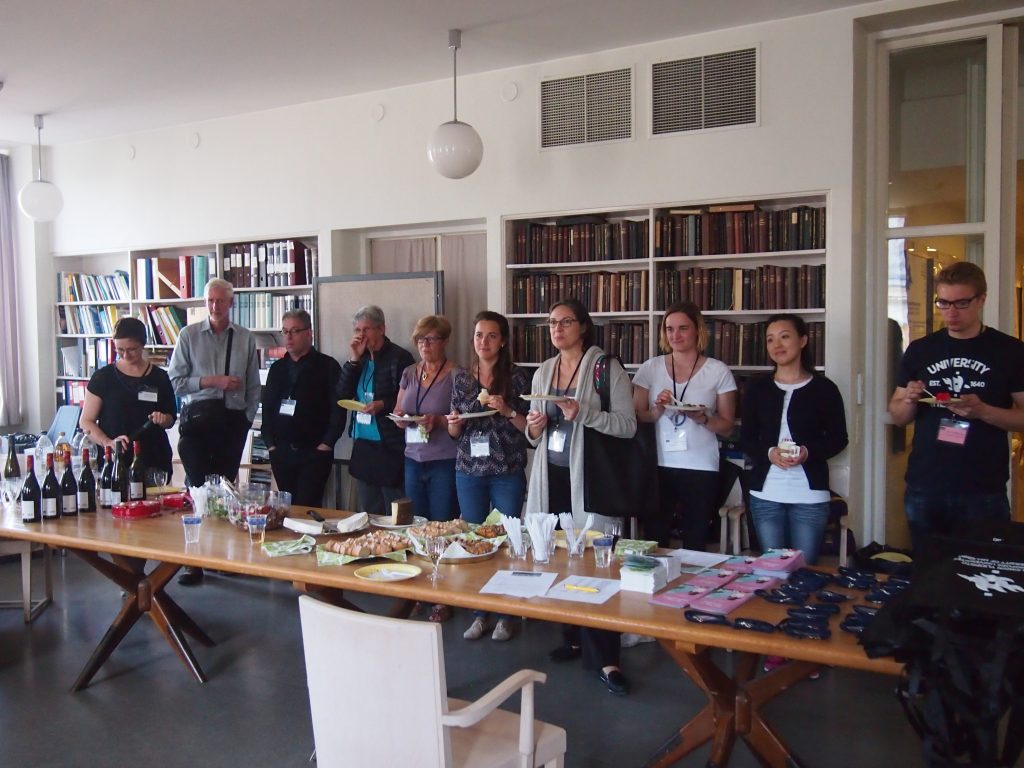
Informal reception.
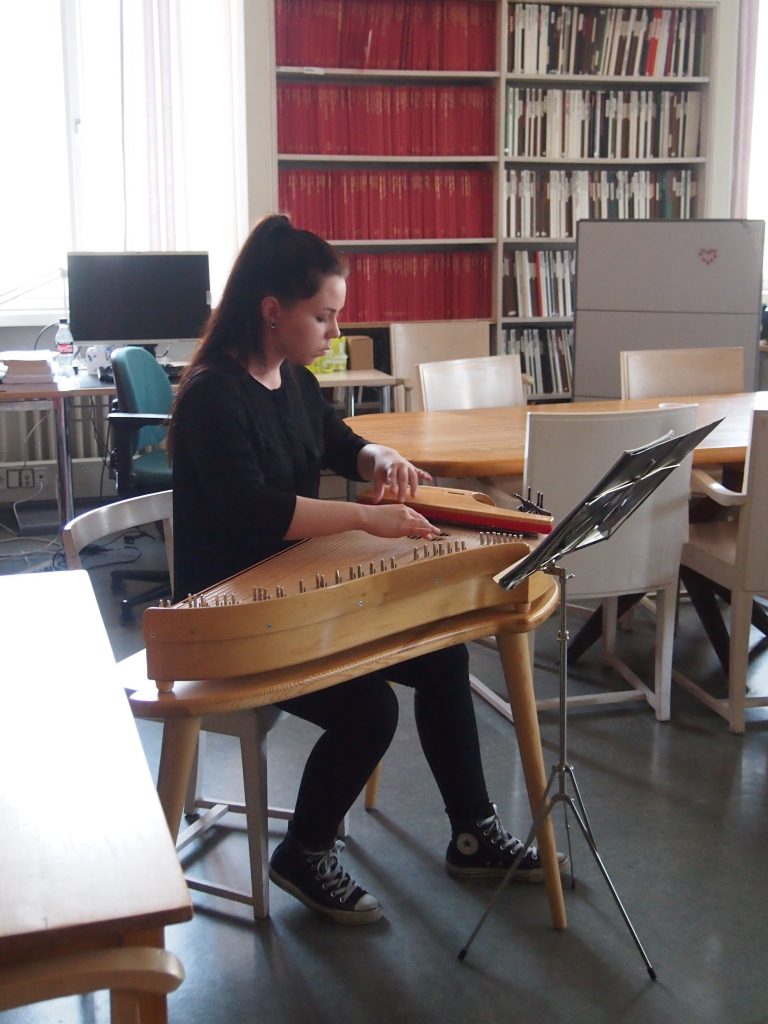
Alma Tuokko playing kantele, a traditional Finnish instrument.

Thursday. Opening words by Hanna Lappalainen.
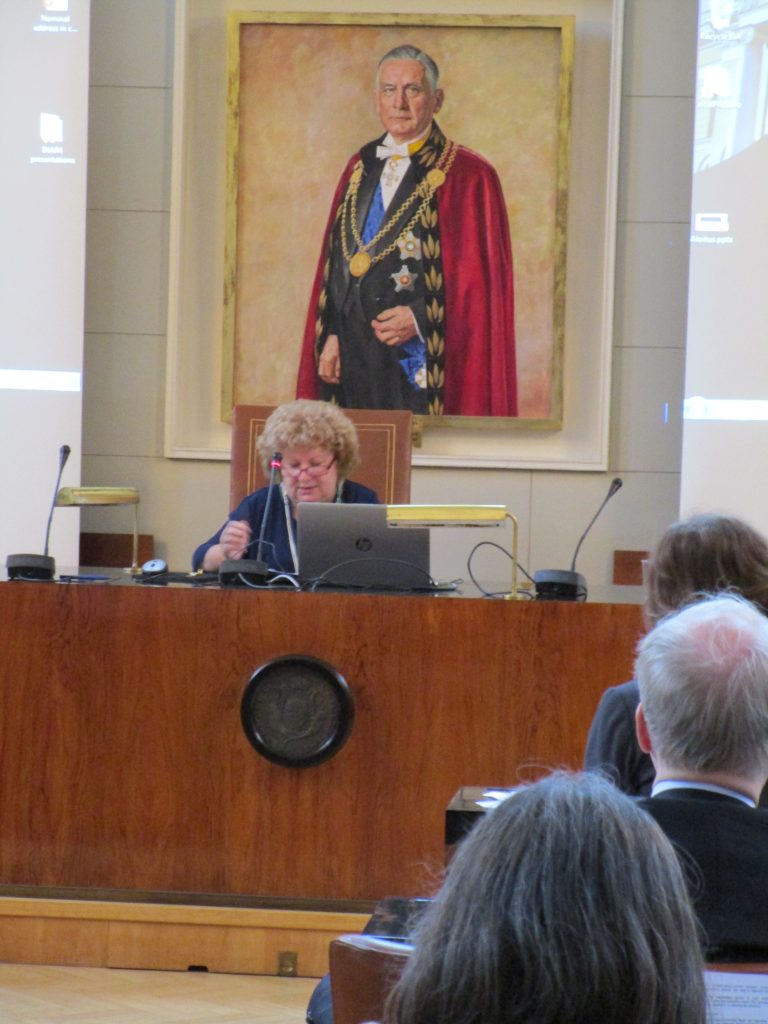
Piera Molinelli presenting her paper: The origin of T/V distinction in Latin: a false myth?

Bettina Kluge reporting her findings on nominal forms of address in letters by emigrants to the Spanish Americas to their wives in the 16-18th century.
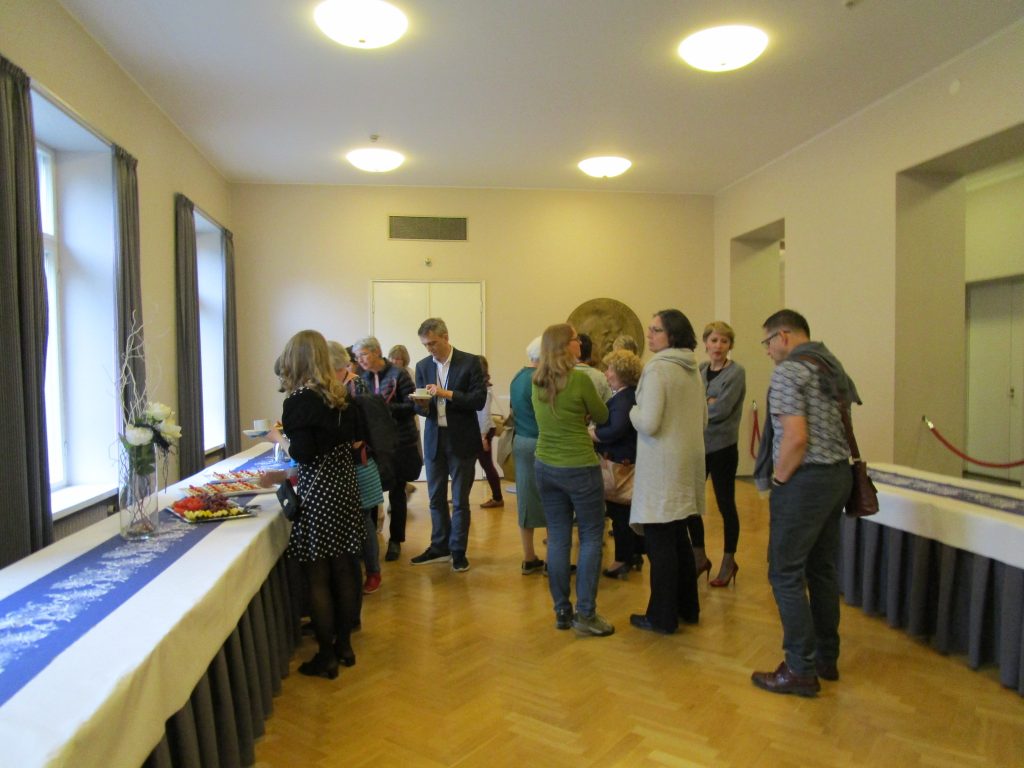
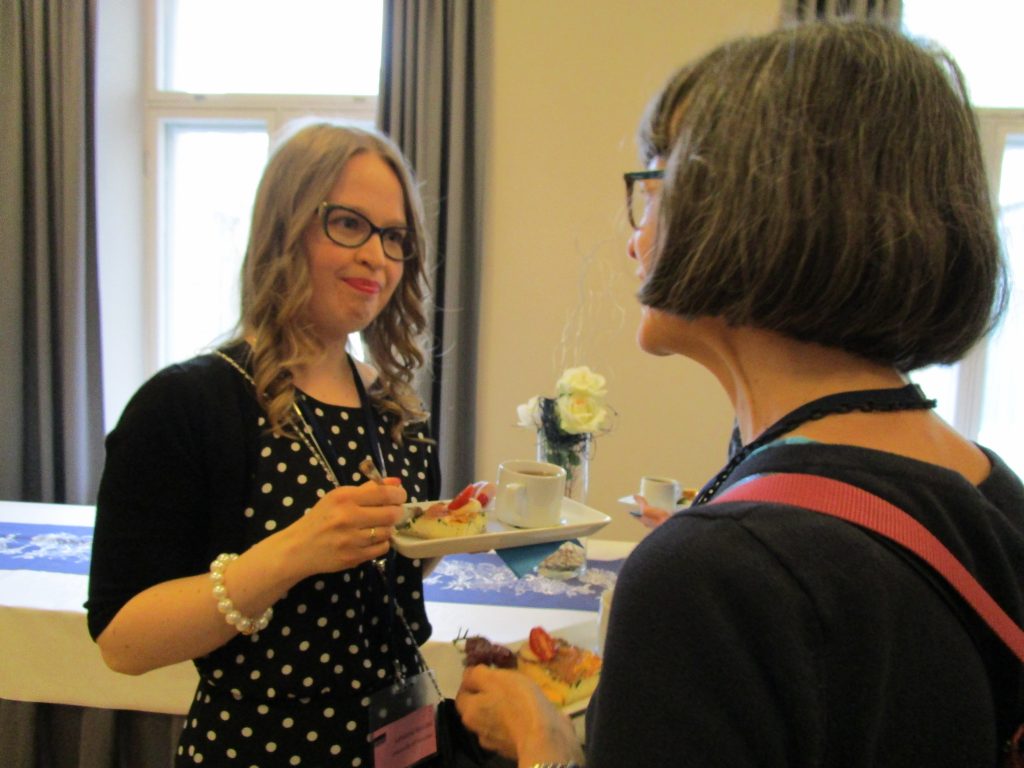 Coffee break and the delicious snacks provided by Unicafe.
Coffee break and the delicious snacks provided by Unicafe.
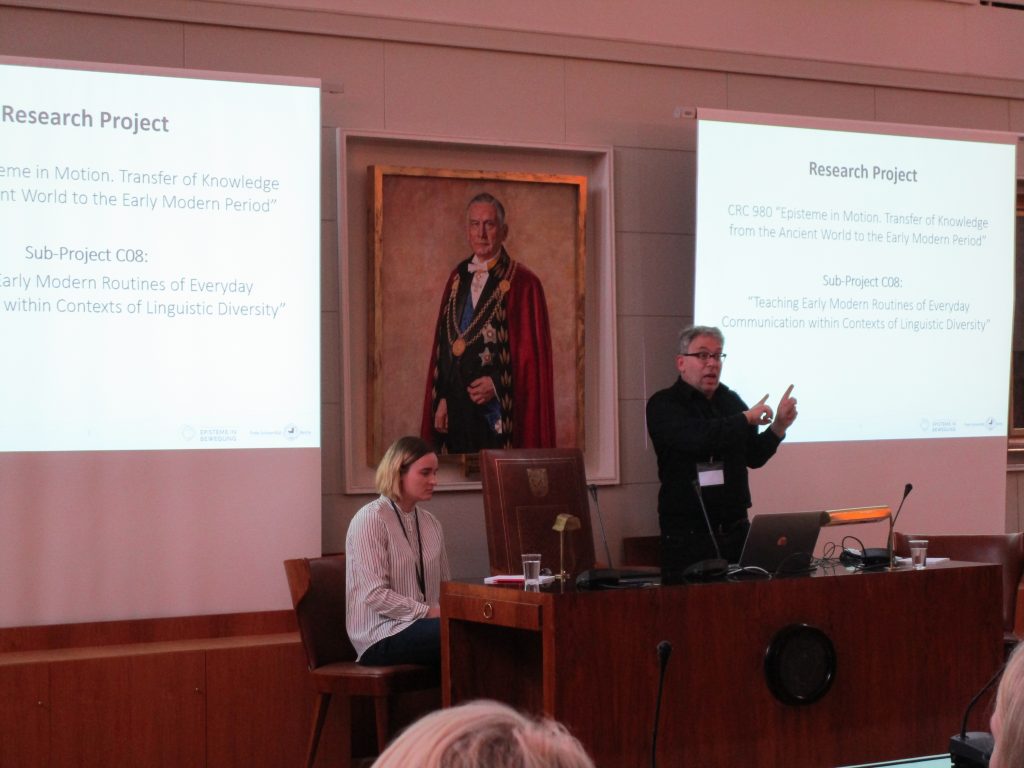
Horst Simon and Linda Gennies and their presentation entitled Are you real? – Methodological problems in the study of address forms in multilingual textbooks from the Early Modern period.
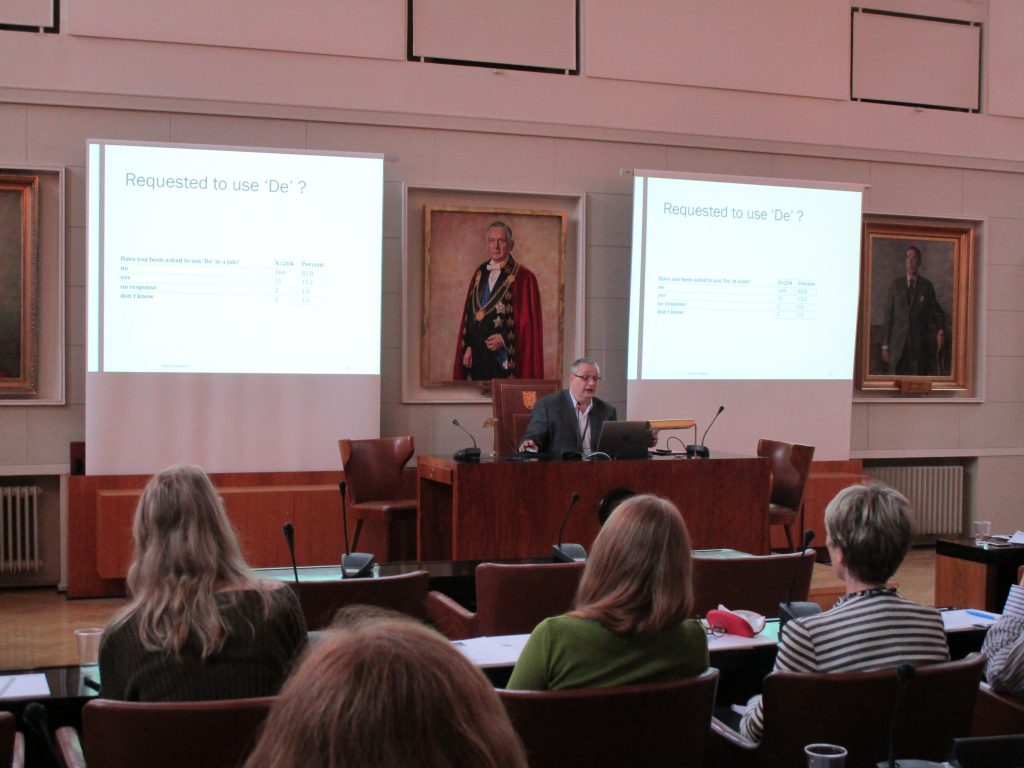
Leo Kretzenbacher talking about the present use of Danish 3PL pronoun (Heinz L. Kretzenbacher, John Hajek, Anne H. Fabricius: “Lånt, men ikke kopieret”: The Danish 3pl address pronoun De as a historic calque from German Sie and its present use amongst Danish university students).
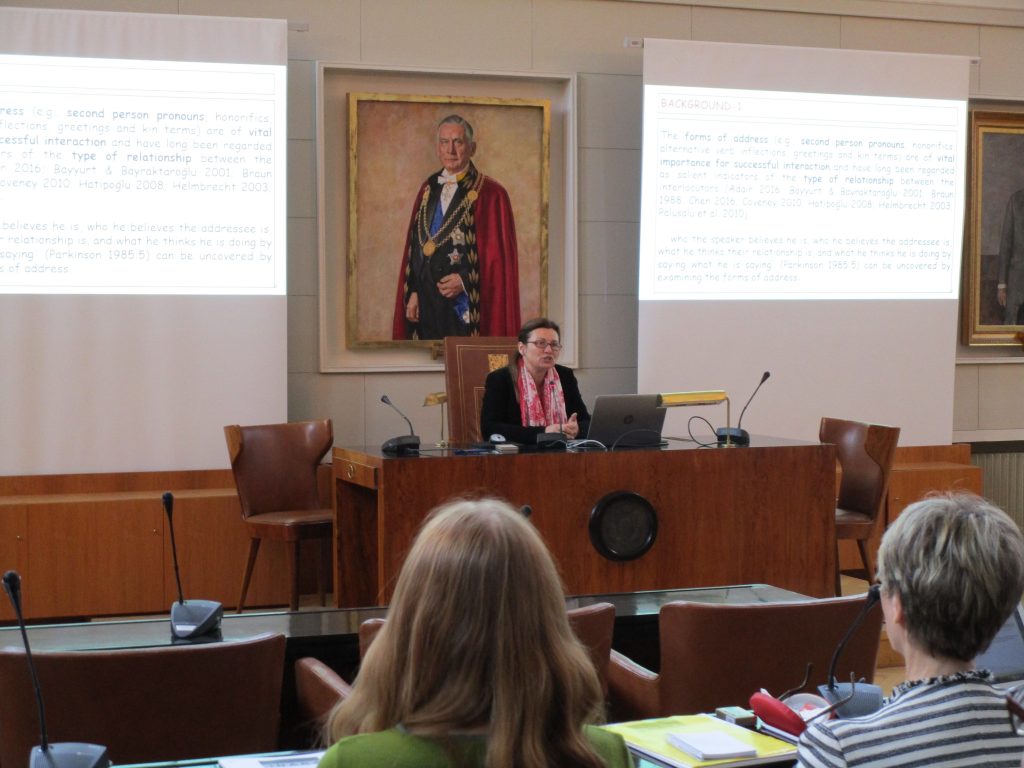
An analysis of social and politeness meanings of the second person singular pronoun SEN in Turkish, presented by Çiler Hatipoğlu.

Irene Moyna discussing the strategies of polite address in Uruguayan Spanish.

Johanna Isosävi presenting her paper: How do Finnish and French focus groups participants view usage of address forms in each other’s cultures?
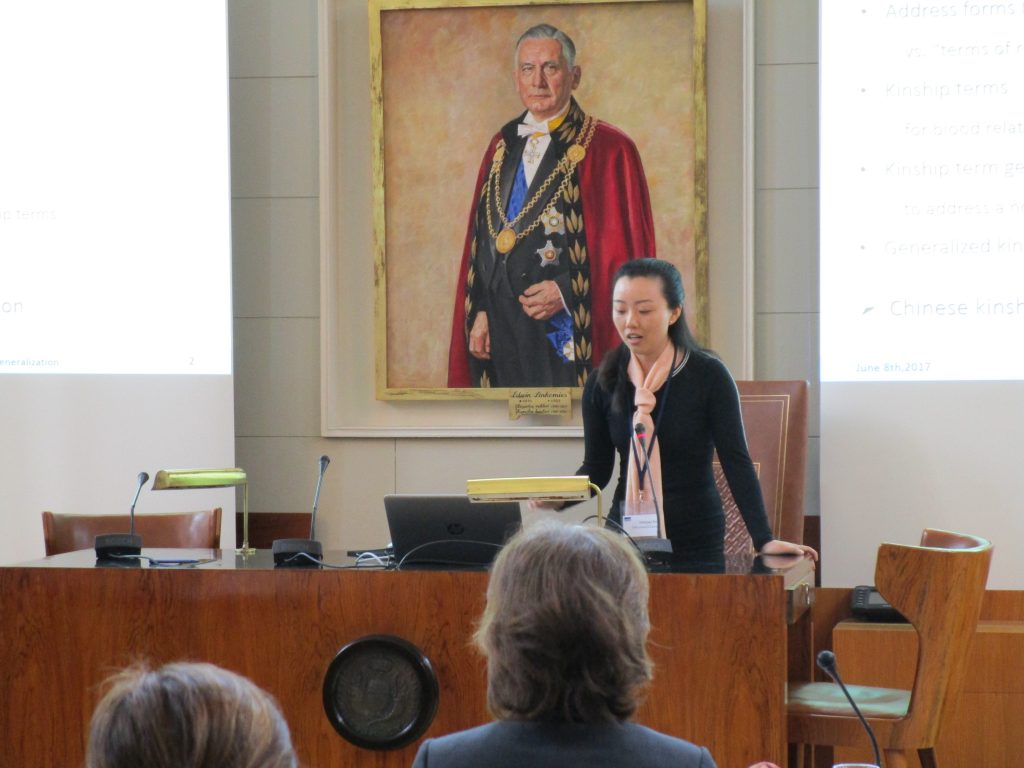
The Generalization of Kinship Terms in Chinese Academic Setting among Students, a presentation by Juanjuan Ren
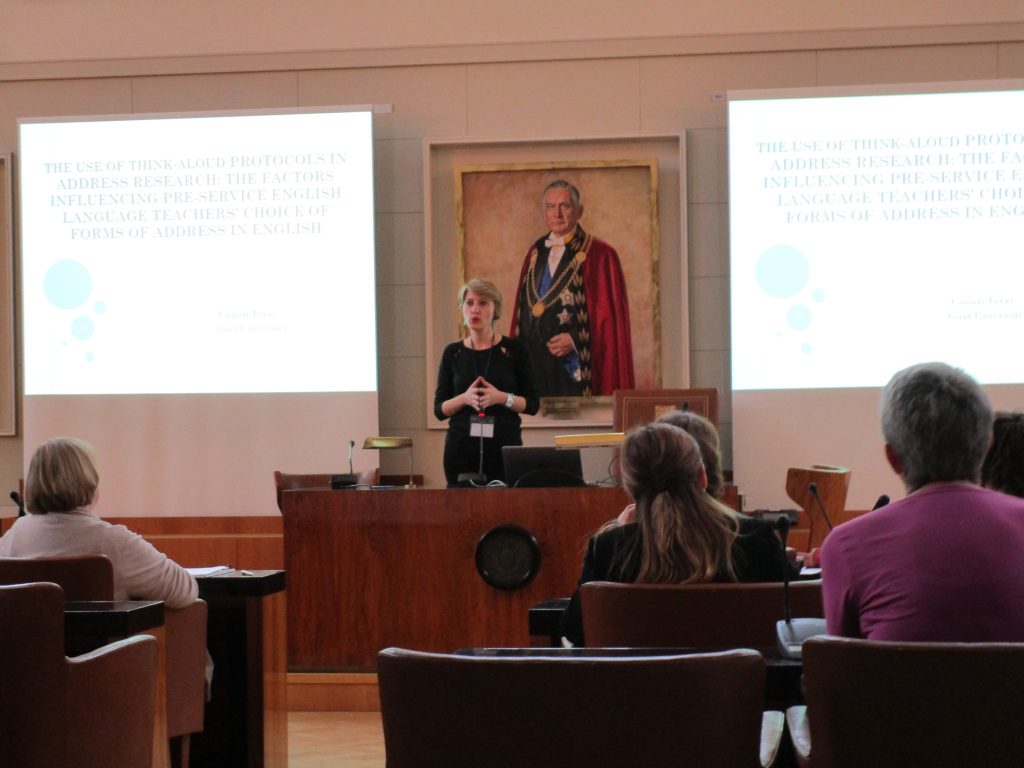
Canan Terzi talking about her research on the use of think-aloud protocols in address research, based on the case of pre-service English teachers choices.

Aurélie Marsily discussing her findings in the paper How to address a professor? Address practices in request formulations by Spanish native and non-native students.

Finnish summer and its aftermath.

The second day of the conference. Kaarina Mononen and Hanna Lappalainen talk about their research on addressing by first names in the Finnish context.

Tuuli Holttinen discussing her paper: Forms of address in native and non-native speakers’ requests.
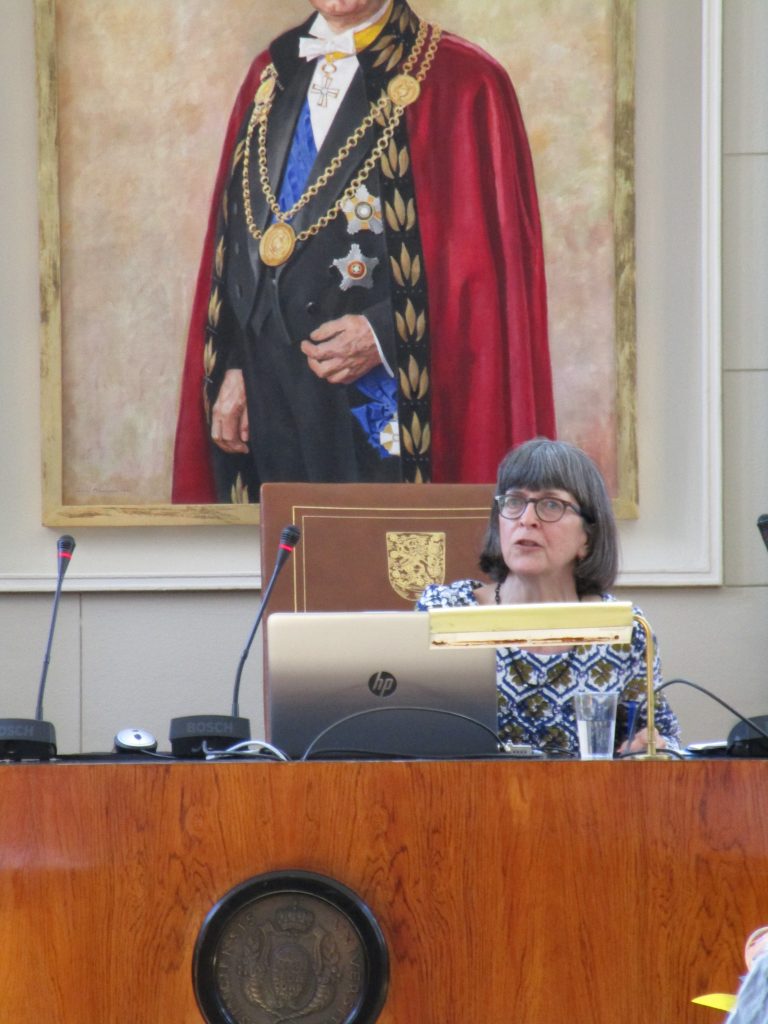
Tutoyer le Président: Media representations of address choice and political power in the French presidential regime, a study by Jane Warren (pictured) and John Hajek.
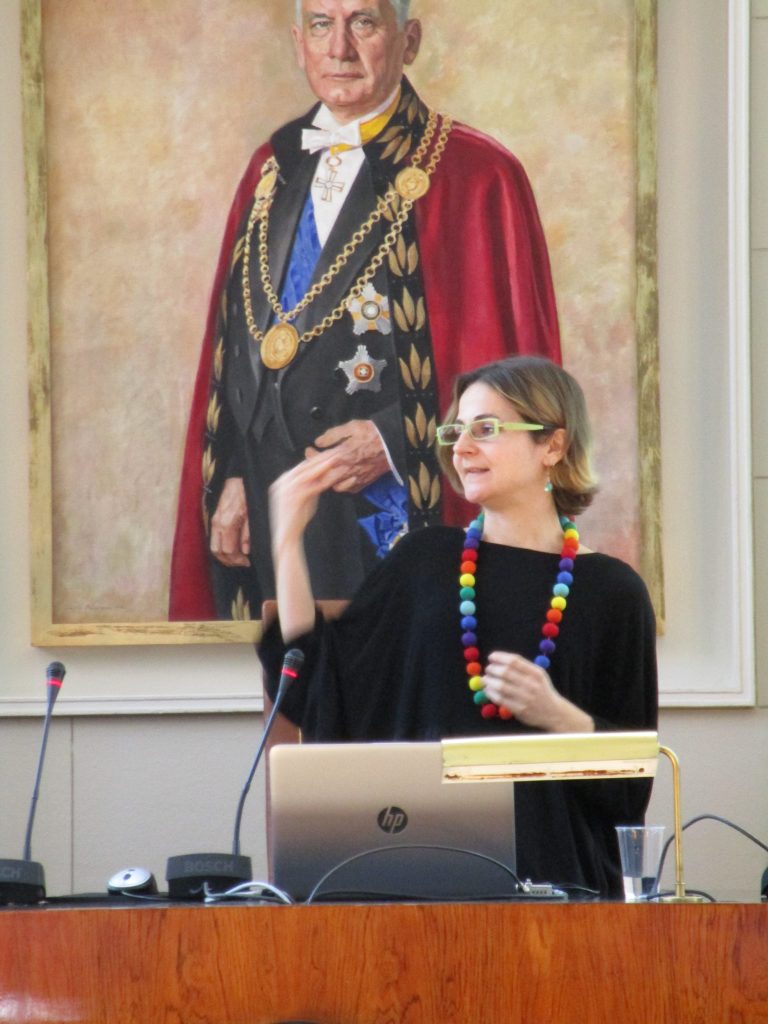
Agnese Bresin elaborating on the study of restaurant encounters (Agnese Bresin, John Hajek, Leo Kretzenbacher: Italian regions as communities of address practice. A case study of restaurant encounters).
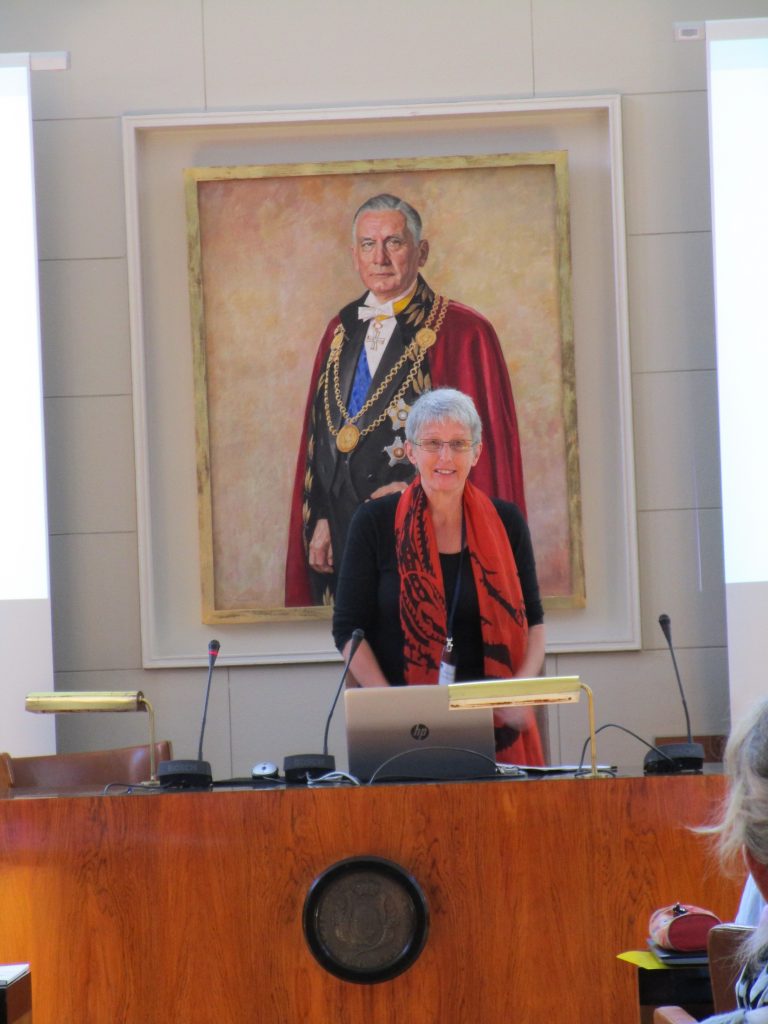
Doris Schüpbach talking about her research on address practices in service ancounters: Address as a marketing tool? The case of Coop to go in German-speaking Switzerland.
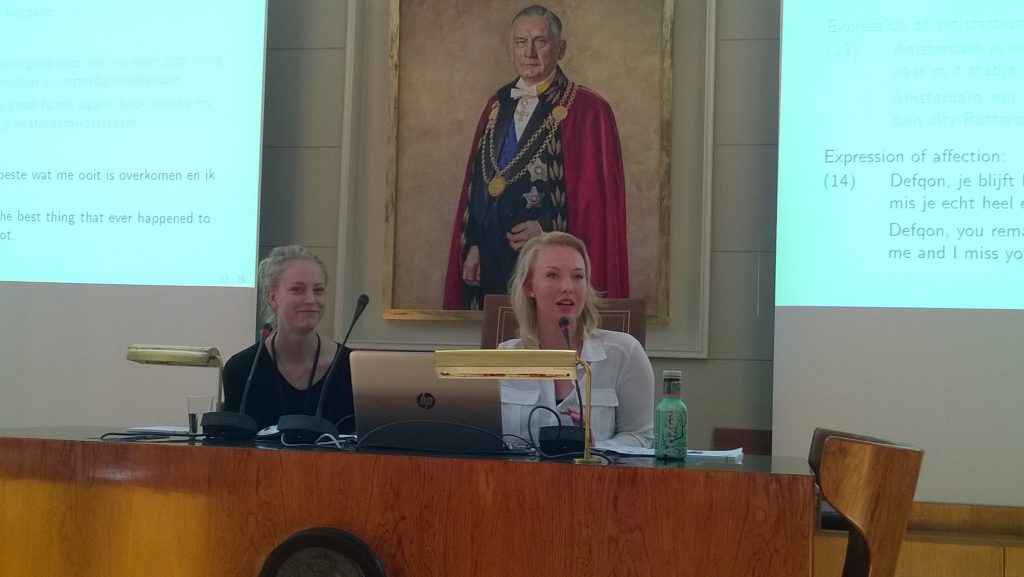
Joske Piepers and Maria van de Groep talking about their findings on fictively addressing places in Dutch tweets.
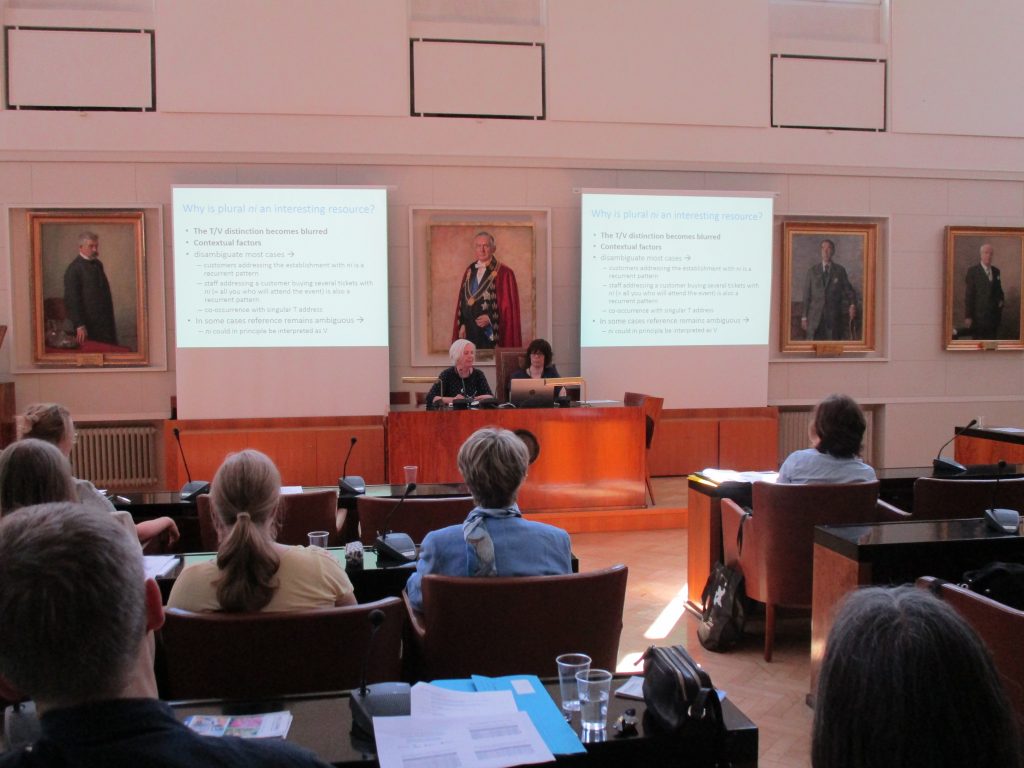
Camilla Wide and Catrin Norrby talking about the Swedish plural pronoun ‘ni’ (Camilla Wide, Catrin Norrby, Jenny Nilsson, Jan Lindström: Plural ni ‘you’ as a resource for managing interpersonal relations).
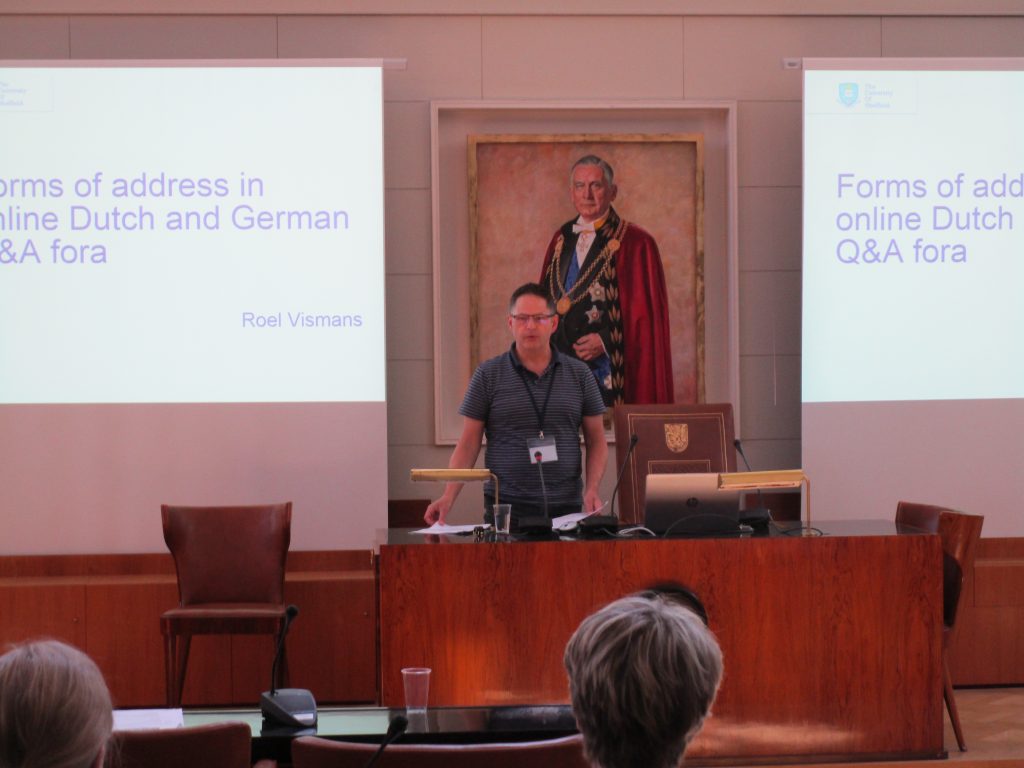
Roel Vismans presenting his research on plural address pronouns in Dutch and German.
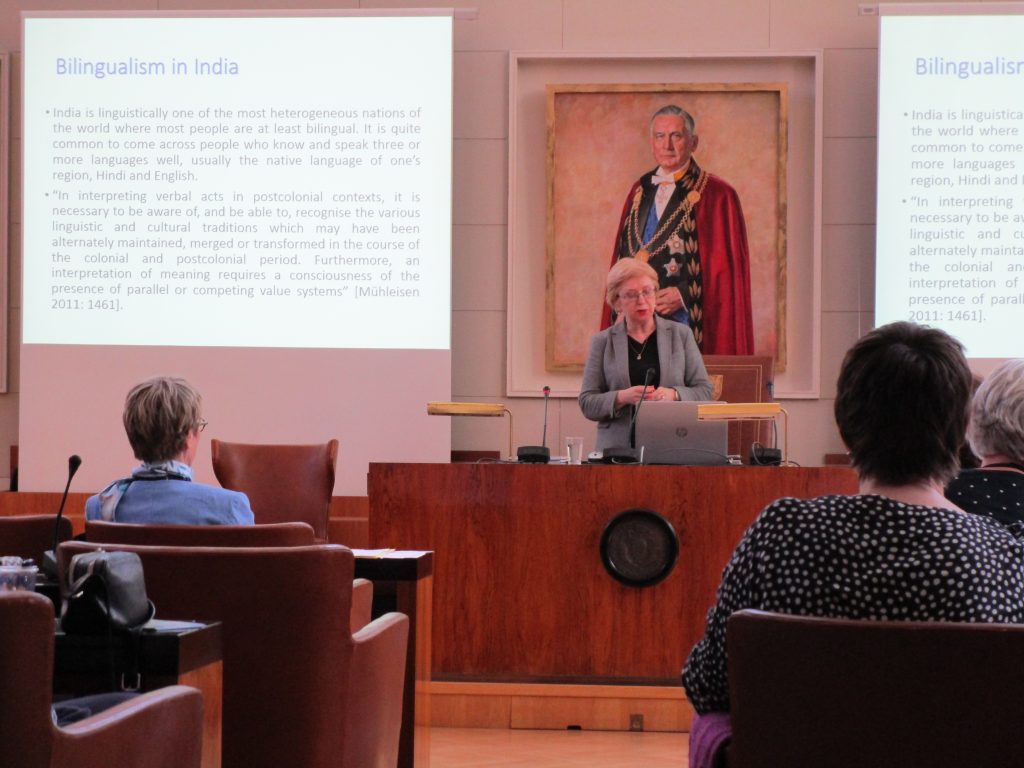
Tatiana Larina elaborating on the complexity of address forms in a bilingual Indian context (Tatiana Larina, Neelakshi Suryanarayan: Marking politeness and respect: variation between English and Hindi address forms in a bilingual Indian context).

Maria Yelenevskaya speaking about her paper Forms of address in a multilingual society: When cultural conventions meet and clash (a case of Israel).

Riikka Ala-Risku presenting her findings on regional and dialectal address terms in contemporary Italian fiction.

Thank you all for participating!
The pictures were taken by Tuuli Holttinen, Hanna Lappalainen, Pauliina Kettunen, and Henri Satokangas